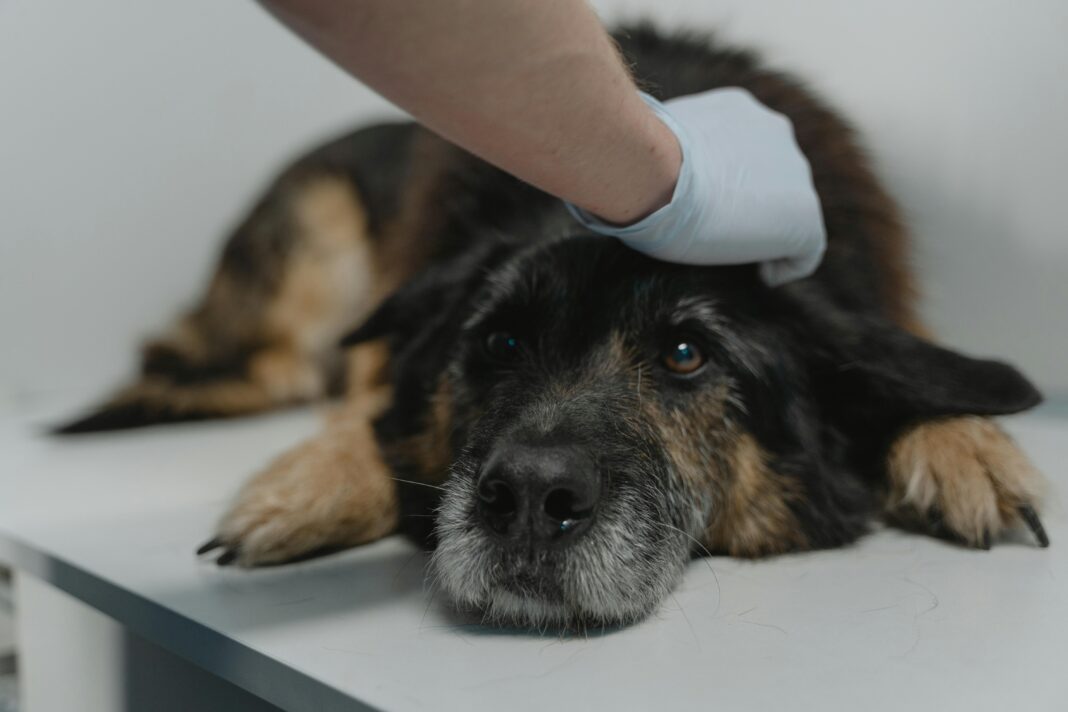When it comes to choosing the right food for your furry friend, grains often raise questions among pet owners. Are they beneficial? Are they harmful? Let’s explore everything you need to know about grains in pet food and how they impact your pet’s health.
Understanding Grains in Pet Food
Grains are the seeds of various plants and are often included in pet food for their nutritional value. Common grains used in pet food include:
-
- Rice
-
- Wheat
-
- Corn
-
- Barley
-
- Oats
These ingredients can serve as valuable sources of carbohydrates, which provide energy, as well as fiber, vitamins, and minerals.
The Role of Grains in Pet Nutrition
1. Energy Source
Carbohydrates play a critical role in your pet’s diet. Grains can provide a highly digestible source of energy, allowing your pet to stay active and agile. For example, brown rice is often favored for its digestibility and low allergenic potential.
2. Nutritional Benefits
Grains also contribute important nutrients. They contain essential vitamins and minerals, such as:
-
- B vitamins: Important for energy metabolism.
-
- Iron: Supports red blood cell production.
-
- Zinc: Aids in immune function and skin health.
3. Fiber Content
Fiber is crucial for digestive health. Whole grains like oats and barley can help maintain optimal gut health and regulate bowel movements. Including fiber in your pet’s diet can also help with weight management by promoting feelings of fullness.
Common Concerns About Grains
Despite the benefits, some pet owners opt for grain-free diets due to misconceptions or concerns. Here are some key issues often discussed:
1. Allergies and Intolerances
One of the most common reasons for avoiding grains is the belief that pets are allergic to them. While it is true that some pets can develop food allergies, it’s important to note that grains are not the primary culprits. More commonly, proteins like chicken or beef are associated with food allergies.
2. Grain-Free Diets
The rise in popularity of grain-free diets has led to a surge in grain-free pet foods. However, these diets may lead to nutritional imbalances if not properly formulated. Over-reliance on potatoes and legumes can also be linked to certain health issues, such as dilated cardiomyopathy (DCM) in dogs.
Diagnosing Grain-Related Issues
If you suspect your pet may have a sensitivity or allergy, it’s important to consult with a veterinarian. Here’s how they might diagnose the issue:
1. Elimination Diets
Your vet might suggest an elimination diet, wherein you remove certain ingredients, including grains, from your pet’s diet for several weeks to observe if symptoms improve.
2. Allergy Testing
In some cases, your vet may recommend allergy testing to determine if your pet is reacting to grains or other food components.
Treating Grain Sensitivities
If your pet is diagnosed with a grain sensitivity or allergy, your vet will guide you on the best course of action.
1. Switching Diets
Typically, the first step is to switch to a high-quality grain-free or limited-ingredient diet. Look for options that provide balanced nutrition and are free from common allergens.
2. Monitoring Symptoms
Keep a close eye on any symptoms, such as skin irritations, digestive upset, or lethargy, that may persist or arise after dietary changes. This will help your vet make necessary adjustments.
Tips for Choosing the Right Pet Food
1. Read Labels Carefully
When selecting pet food, always read the ingredient label. Look for specific grains like “whole brown rice” rather than vague terms like “grains.” High-quality ingredients are crucial for your pet’s overall health.
2. Opt for Whole Grains
If you choose to incorporate grains into your pet’s diet, opt for whole grains, which retain more nutrients than their refined counterparts. Whole grains like quinoa and barley can be excellent options.
3. Consult with Your Veterinarian
Always talk to your vet before making significant changes to your pet’s diet. They can provide tailored recommendations based on your pet’s health, age, and activity level.
Monitoring Your Pet’s Health
1. Regular Vet Check-Ups
Routine veterinary visits are essential for ensuring your pet is healthy and thriving on their diet. Your vet can help identify any emerging issues and adjust dietary recommendations accordingly.
2. Observe Behavioral Changes
Watch for any behavioral changes, such as lethargy or sudden weight gain. These can be signs that your pet’s diet may need adjusting.
3. Keep a Food Diary
Keeping a food diary can help track what your pet eats and any related symptoms. This information can be invaluable for your vet in evaluating your pet’s health.
Conclusion
Understanding the role of grains in your pet’s diet is essential for making informed feeding choices. By considering the nutritional benefits, recognizing potential issues, and consulting with a veterinary professional, you can help ensure your pet enjoys a balanced and healthy diet. Your furry family member deserves the best—one meal at a time!





